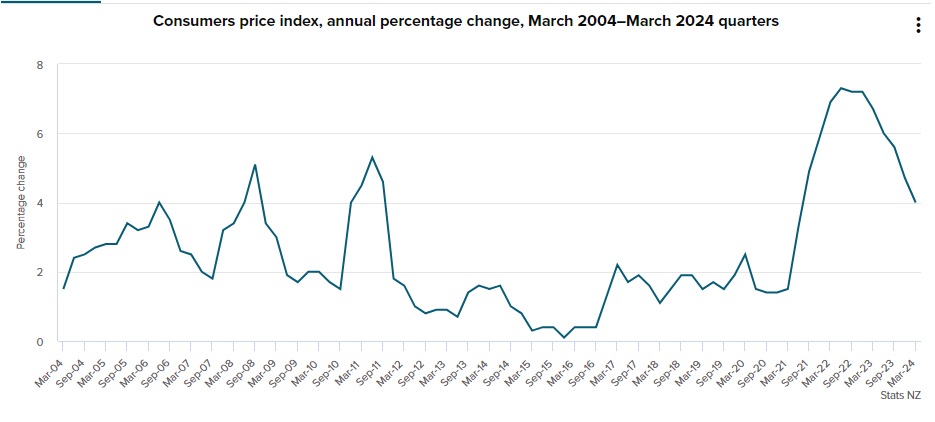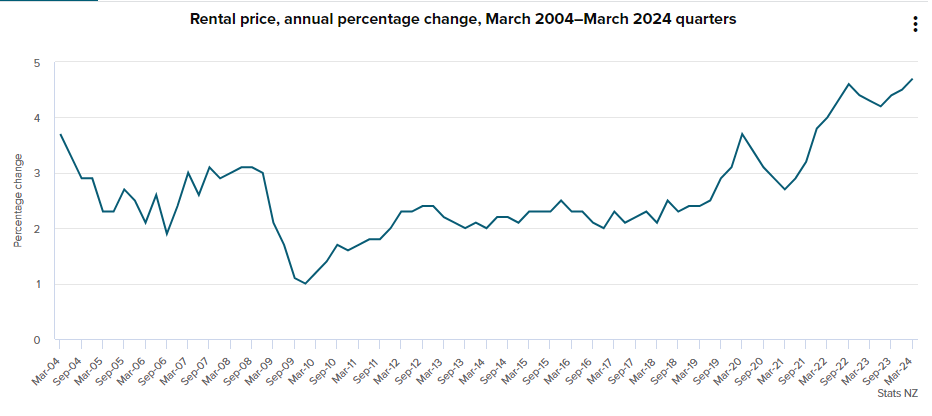CPI sees smallest quarterly rise since June 2021

New Zealand's consumer price index (CPI) increased by 4% over the past 12 months leading up to the March quarter, marking the smallest quarterly increase since June 2021 and a slight decline from the previous quarter's 4.7% rise, Stats NZ reported.

Housing and utilities drive inflation
The most significant contributors to the annual inflation rate were housing and household utilities.
“Rent prices are increasing at the highest rate since the series was introduced in September 1999,” said Nicola Growden (pictured above), senior manager of consumer prices at Stats NZ.
Rent prices climbed by 4.7%, while costs for new house construction and rates went up by 3.3% and 9.8%, respectively.

Other key contributors
Following housing, the sectors of recreation and culture also pushed the inflation rate higher due to increased costs for international accommodation and cultural services, which rose by 20.8% and 9.7%, respectively.
Alcoholic beverages and tobacco were also significant inflation drivers, with cigarette and tobacco prices seeing a 6.5% rise in the March quarter alone, influenced by the annual tobacco excise tax increase on January 1.
Sector-specific inflation trends
Transport costs presented a contrasting trend, with a notable 10.3% decrease in international airfares and a 2.3% drop in petrol prices, which helped offset some of the overall inflationary pressures. This was attributed in part to increased travel following the Chinese New Year.
“Just over half a million New Zealand residents returned from their short-term travel in January and February,” Growden said. “Some of them may have accessed the cheaper international airfares seen this quarter.”
Tradeable vs. non-tradeable inflation
The Stats NZ report differentiated between tradeable and non-tradeable inflation, which stood at 1.6% and 5.8%, respectively over the past year.
Non-tradeable inflation, which relates to goods and services that do not face foreign competition, was primarily driven by domestic sectors such as rent, new housing construction, and cigarettes and tobacco. In contrast, tradeable inflation, influenced by foreign markets, was affected by shifts in petrol and international accommodation prices.
With rent prices hitting record highs and construction costs continuing to rise, what changes are you considering in response to these trends?



